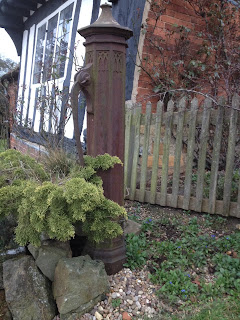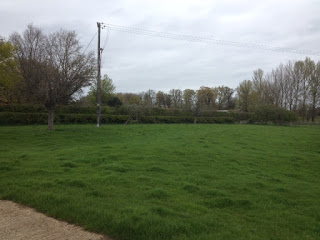In 1754, Hardwicke's Marriage Act
was passed. This introduced strict regulations on the performance of weddings
and was intended to tackle the scandal of clandestine marriages.
A wedding could take place
anywhere, with no notice and no witnesses. There was no minimum age for
marriage and it was common for young girls or boys with good
connections and good money to be coerced into marriage by the family of the
other party, without the knowledge or consent of their own family. Others were
seduced into a hasty and regretted marriage by professions of love. Among the
higher tiers of society, the marriage of one's sons, daughters, sisters and
sometimes even widowed mothers was strategically planned, sometimes years in
advance, for the best political and monetary advancement of the family. No wonder that people would use any means
they could to secure the marriage they desired.
The Marriage Act decreed that a
wedding could only be held after the publication of Banns – the forthcoming
marriage was announced in both parties' parish church on three consecutive
Sundays, so any objections could be made. In some circumstances a licence could
be applied for instead. Marriages could only be performed by a Church of
England clergyman, excepting Jewish and Quaker weddings; minors needed parental
consent; and witnesses were required for the marriage to be valid. All this
information had to be laboriously recorded in the parish registers, along with
the signatures or marks of both parties and the witnesses.
This remains in place today, although
the rules regarding the clergy and the location have now been relaxed.




















































